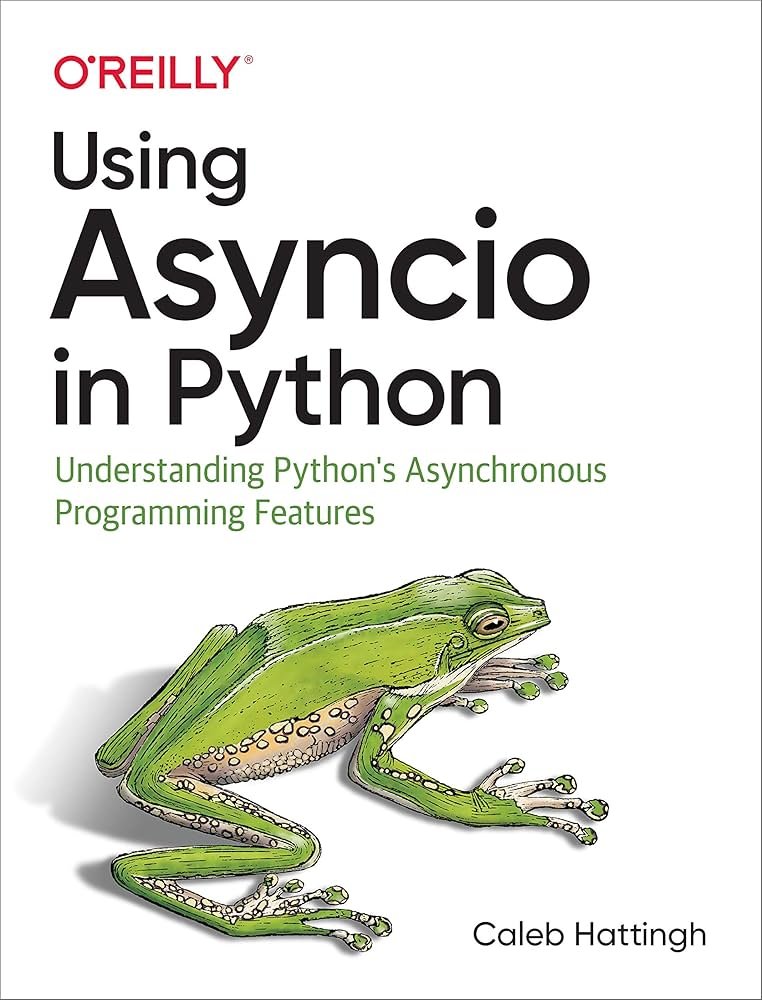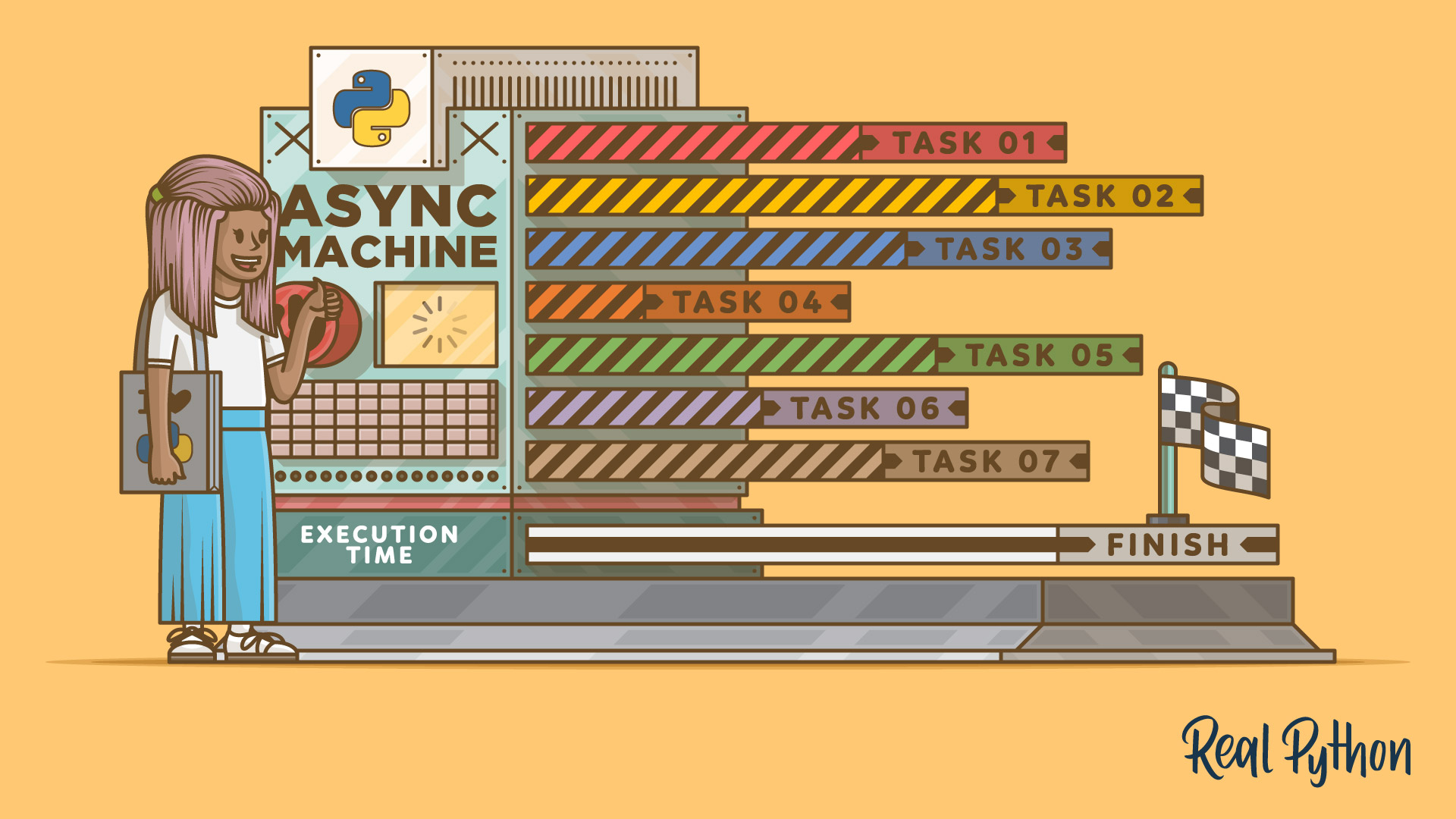
Overview of Python’s Asynchronous Programming
Definition of Asynchronous Programming
Asynchronous programming allows a program to execute tasks concurrently without waiting for one task to complete before starting another. Think of it as multitasking; while one task is waiting for a resource (like data from a web API), the program can work on other tasks. This is particularly beneficial in scenarios involving I/O operations, such as reading files or making network requests.
Synchronous vs. Asynchronous Programming in Python
To understand asynchronous programming, it helps to contrast it with synchronous programming, the traditional approach:
- Synchronous Programming:
- Tasks are executed sequentially.
- Each task must wait for the previous one to finish.
- This can lead to idle time, especially during I/O operations.
- Asynchronous Programming:
- Tasks can be initiated and executed independently.
- Helps to utilize resources more efficiently.
- Reduces waiting time, enhancing overall performance.
For instance, consider cooking dinner while waiting for water to boil. In synchronous cooking, you would stand idle until the water boils. In contrast, asynchronous cooking allows you to chop vegetables or set the table while the water heats. This flexibility is a game-changer for Python developers looking to maximize efficiency in their applications.
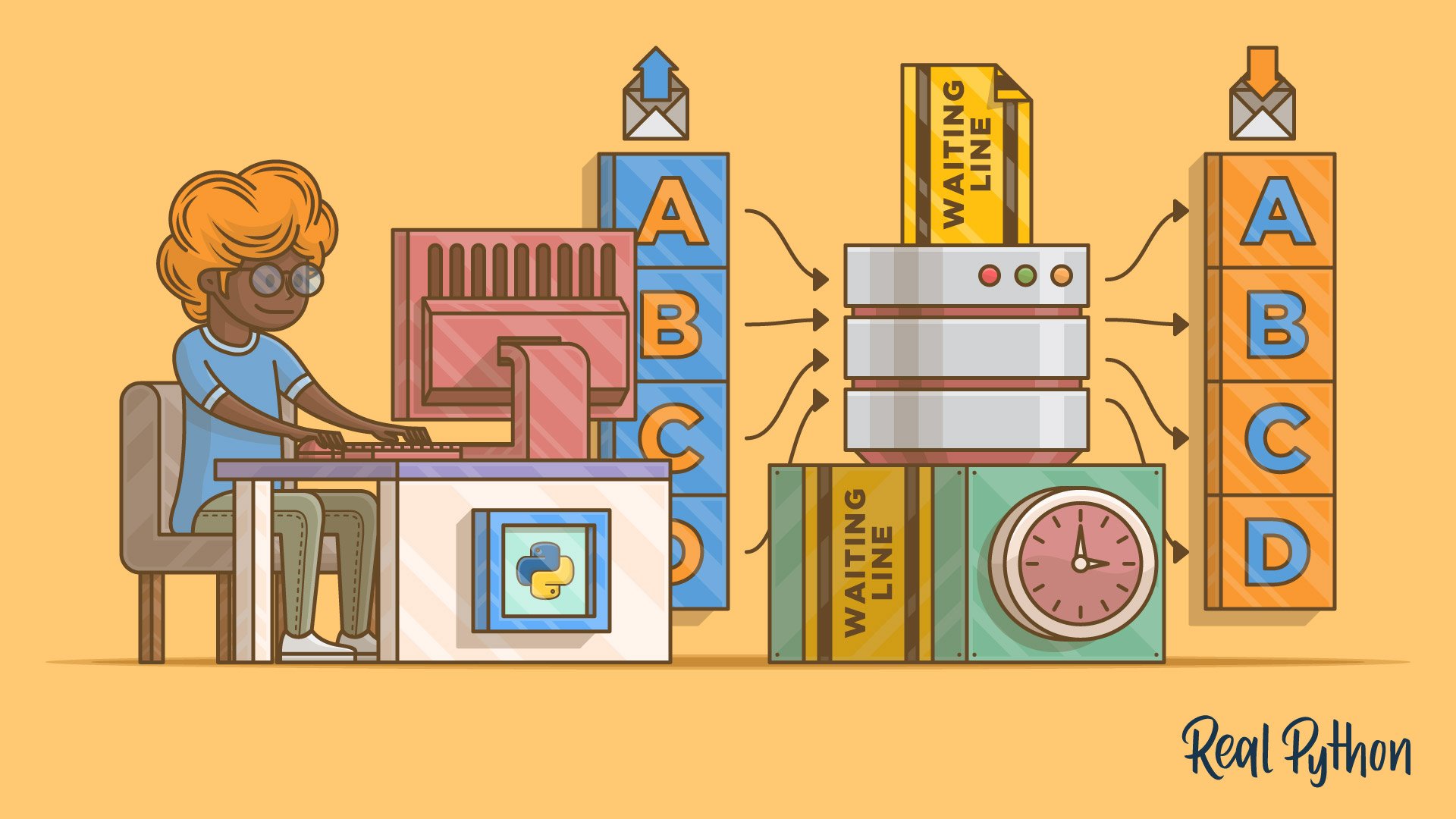
Introduction to Python’s asyncio Module
Explanation of asyncio in Python
The asyncio module is a powerful standard library in Python designed specifically for writing concurrent code using the async/await syntax. It provides an event loop that manages and dispatches tasks, enabling developers to handle thousands of simultaneous I/O-bound operations efficiently.
For example, if you’ve ever tried downloading multiple files simultaneously in a script, asyncio can streamline this process. Instead of waiting for each file to finish downloading one by one, asyncio allows the script to initiate several downloads at once, making full use of the available bandwidth.
Advantages of Using asyncio for Asynchronous Programming
Choosing asyncio for your asynchronous programming needs offers several compelling benefits:
- Enhanced Performance: By reducing idle time during I/O operations,
asynciocan significantly speed up applications. - Simple Syntax: The use of async/await keywords makes the code easier to write and read compared to callbacks and threads.
- Control over Concurrency: The event loop gives developers fine control over task scheduling and execution.
With these advantages, asyncio effectively empowers developers to build more responsive and efficient applications, ultimately improving the user experience.
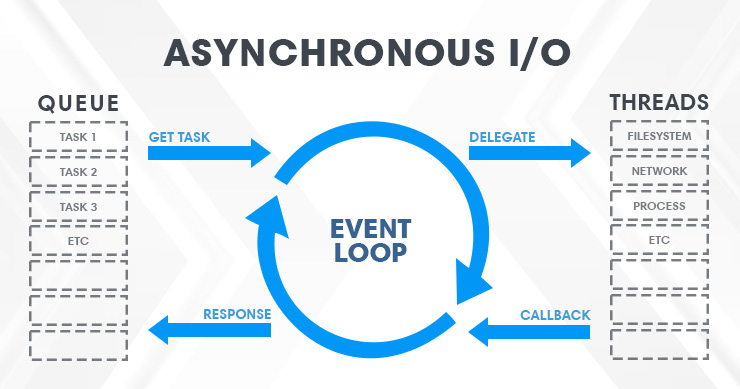
Working with Coroutines in Python
Understanding Coroutines
Coroutines are a fundamental building block of asynchronous programming in Python. They are special functions that can be paused and resumed, allowing the program to efficiently manage multiple execution flows. Unlike regular functions, which execute from start to finish, coroutines use the await keyword to yield control back to the event loop, making them non-blocking.
Imagine you’re hosting a dinner party and need to prepare several dishes simultaneously. Instead of waiting for the pasta to boil before chopping vegetables, you can switch between tasks, ensuring everything is ready at the same time. That’s how coroutines function—they enable multitasking within your code!
Creating and Executing Coroutines in Python
Creating a coroutine in Python is straightforward. You simply define a function with the async def keyword. Here’s a quick example:
async def fetch_data():
await some_io_operation()
return dataTo execute this coroutine, you can use the asyncio.run() function:
import asyncio
async def main():
result = await fetch_data()
print(result)
asyncio.run(main())This structure not only helps maintain readability but also seamlessly integrates with asyncio, allowing your program to handle asynchronous tasks effectively. With practice, working with coroutines can greatly enhance your programming efficiency!

Asynchronous Programming with async and await Keywords
Role of async and await in Python
In Python’s asynchronous programming paradigm, the keywords async and await serve as the pillars for creating and managing coroutines. The async keyword is used to define a coroutine function, indicating that it can be paused and resumed, while await is used to call another coroutine, allowing the program to suspend execution until the awaited task completes.
Consider async as the flipping of a switch, enabling asynchronous behavior, while await is like a gentle pause, giving your program time to tackle other tasks without blocking the entire operation. This structured approach not only keeps the code clean but also significantly boosts performance.
Implementing Asynchronous Functions using async and await
Implementing asynchronous functions is simple. Begin by marking your function with async def, and use await to pause execution when calling other asynchronous functions. Here’s a quick example:
async def download_file(url):
response = await some_async_http_request(url)
return response.contentTo bring this function into action, you can create a main coroutine:
async def main():
content = await download_file("http://example.com")
print(content)
asyncio.run(main())This approach allows you to efficiently manage tasks, such as downloading multiple files concurrently, making your applications not just faster, but also more responsive!
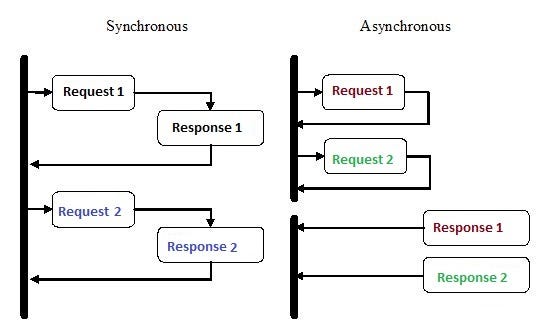
Handling Concurrency with asyncio Tasks
Concept of Tasks in Python’s asyncio
When working with Python’s asyncio, tasks are the fundamental units of concurrency, allowing you to run coroutines concurrently. Essentially, a task is a wrapper around a coroutine, enabling it to run in the event loop while managing its execution state. By converting coroutines into tasks, Python can proceed with executing other tasks, making it a game-changer for handling multiple I/O-bound operations simultaneously.
Think of tasks like guest speakers at an event. Each speaker (task) prepares and delivers their portion at different times without waiting for others to finish, leading to a more engaging event for the audience.
Managing and Synchronizing Concurrent Tasks
Managing and synchronizing these tasks is seamless in asyncio. You can create multiple tasks using asyncio.create_task(). Here’s a quick illustration:
async def task_one():
await asyncio.sleep(2)
print("Task One Completed")
async def task_two():
await asyncio.sleep(1)
print("Task Two Completed")
async def main():
task1 = asyncio.create_task(task_one())
task2 = asyncio.create_task(task_two())
await task1
await task2
asyncio.run(main())With this setup, task_one and task_two will run concurrently, demonstrating the power of asyncio. This strategy allows developers to efficiently manage multiple tasks, enabling real-time applications, such as chat servers or web scrapers, to operate more smoothly and responsively!

Dealing with Asynchronous I/O Operations
Performing Asynchronous I/O Operations in Python
Asynchronous I/O operations in Python allow your program to perform tasks like reading files, accessing databases, or making network requests without blocking the execution of other tasks. By leveraging the features of asyncio, you can execute these I/O operations in a non-blocking way, leading to faster and more responsive applications.
For instance, suppose you are building a web scraper that fetches data from multiple URLs. Instead of waiting for each request to complete before starting the next, you can use asyncio to send multiple requests concurrently:
import aiohttp
import asyncio
async def fetch(url):
async with aiohttp.ClientSession() as session:
async with session.get(url) as response:
return await response.text()
async def main(urls):
tasks = [fetch(url) for url in urls]
results = await asyncio.gather(*tasks)
return resultsBenefits of Asynchronous I/O for Performance Improvement
The benefits of using asynchronous I/O are substantial:
- Reduced Latency: By firing multiple I/O requests simultaneously, you dramatically cut down the total waiting time.
- Improved Resource Utilization: Asynchronous I/O minimizes the idle time of your program, making full use of available CPU cycles.
- Scalability: Applications can handle more concurrent connections with less overhead, which is crucial for web servers and real-time applications.
With these advantages, asynchronous I/O transforms how applications interact with external resources, delivering impressive performance improvements and a better user experience!

Real-World Examples of Python’s Asynchronous Programming
Practical Use Cases of Asynchronous Programming
Python’s asynchronous programming capabilities have made significant strides in various real-world applications, enhancing performance and efficiency. Some practical use cases include:
- Web Scraping: When scraping multiple websites for data, asynchronous programming allows users to send various requests simultaneously, which can reduce idle time and improve performance dramatically.
- Chat Applications: For applications that require real-time communication (like chat apps), using asynchronous programming ensures that messages are sent and received without delays, providing a smooth user experience.
- Data Processing Pipelines: In scenarios where data needs to be ingested, processed, and analyzed from multiple sources simultaneously, asynchronous programming can streamline these tasks without blocking the execution flow.
Demonstrations and Code Samples
Here’s a quick code snippet demonstrating asynchronous web scraping using the aiohttp library:
import aiohttp
import asyncio
async def fetch(url):
async with aiohttp.ClientSession() as session:
async with session.get(url) as response:
return await response.text()
async def main(urls):
tasks = [fetch(url) for url in urls]
results = await asyncio.gather(*tasks)
return results
urls = ["https://example.com", "https://anotherexample.com"]
asyncio.run(main(urls))In this example, the fetch function retrieves HTML content from multiple URLs concurrently. This approach not only enhances the scraper’s efficiency but also exemplifies how Python’s asynchronous programming can effectively handle time-consuming tasks—allowing developers to build faster, more capable applications!

Best Practices for Python’s Asynchronous Programming
Tips for Efficient Asynchronous Programming
To make the most of asynchronous programming in Python, consider implementing these best practices:
- Use High-Level APIs: Leverage libraries such as
aiohttporasyncpgto manage asynchronous tasks efficiently, as they are designed to handle complexities for you. - Limit Concurrent Tasks: While it’s tempting to fire off many tasks simultaneously, too many can overwhelm system resources. Use tools like
asyncio.Semaphoreto control the number of concurrent operations. - Always Handle Exceptions: Ensure that your coroutines have exception handling in place. This prevents unanticipated failures from crashing your application.
Common Pitfalls to Avoid
While asynchronous programming is powerful, avoiding these common pitfalls is crucial for success:
- Blocking Calls: Be mindful not to mix synchronous blocking calls with asynchronous code, as they can lead to performance bottlenecks. Always opt for non-blocking alternatives.
- Improper Use of async/await: Understand when to use
awaitand ensure you’re not awaiting non-coroutine functions, which can lead to tedious bugs.
By following these tips and steering clear of pitfalls, developers can harness the full potential of Python’s asynchronous programming, leading to more efficient and responsive applications!

Conclusion and Further Learning
Recap of Python’s Asynchronous Programming Concepts
As we wrap up our exploration of Python’s asynchronous programming, it’s essential to revisit the key concepts we’ve covered. We delved into the definition and benefits of asynchronous programming, distinguishing it from synchronous approaches. The asyncio module emerged as a robust framework for managing coroutines, enabling efficient multitasking without bogging down performance.
We also discussed the significance of async and await in defining and executing asynchronous functions, and how concurrency through tasks enhances resource management. Furthermore, we explored practical applications ranging from web scraping to real-time chat applications, showcasing how asynchronous programming can profoundly impact application efficiency.
Resources for Deepening Understanding
If you’re eager to deepen your understanding, consider exploring the following resources:
- Books: “Fluent Python” by Luciano Ramalho provides a comprehensive look at modern Python, including asynchronous programming.
- Online Courses: Platforms like Coursera and Udemy offer specialized courses on Python’s asynchronous features.
- Documentation: The official Python documentation on
asynciois a handy resource for detailed insights and examples.
With these resources, you’re well-equipped to delve deeper into asynchronous programming and enhance your skills, taking your Python applications to new heights!
